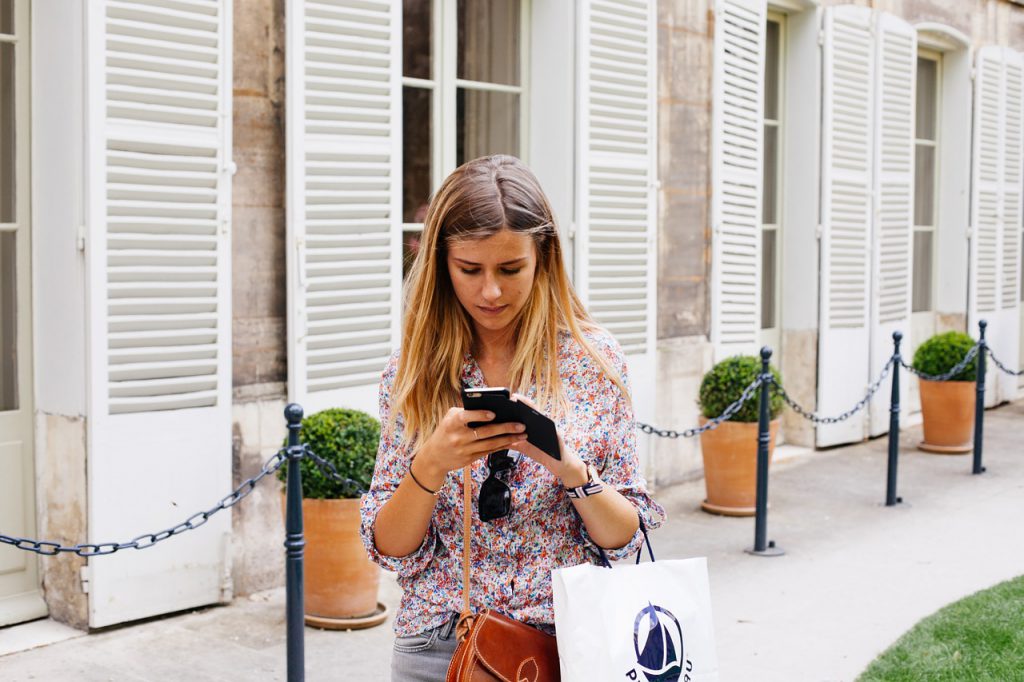How luxury brands are connecting their offline and online channels

High-end brands have traditionally been slow to adapt to an online world. In the realm of luxury fashion, brands are built on exclusivity and at the time, this meant having a minimal online presence but a thriving in-store experience.
But separating themselves from the online experience is no longer an option. Luxury brands are having to dive headfirst into digitalization or risk being left behind.
With a Deloitte survey showing a decline in the purchase of luxury goods among American millennials, brands are having to rethink their strategies.
A rising love for internet shopping
The rapid rise of the digital age has truly transformed how consumers shop. Never before have they had so much choice available at their fingertips. With just a simple Google, shoppers can gain access to pages and page upon product options, reviews, price comparisons, and delivery and payment options to suit the preferences of even the pickiest of person.

Online shopping provides more convenience and options to consumers. Source: Pixabay
Thus, a powerful e-commerce presence is no longer optional for luxury brands who need to win over the purchasing power of today’s internet-savvy customer.
London Fashion Week goes digital
To exemplify how leading luxury brands are leveraging digital channels, let’s take a look at the role it has played in London Fashion Week (LFW).
Social media
Recent years have seen luxury brands at LFW making much greater use of social media and other digital efforts to integrate the event with online shopping opportunities.
Instagram has especially become a hugely effective tool for driving both the online and physical sales of luxury goods.
During the LFW in February 2018, the official event Instagram account received a total of 871,648 Story views, exposing brands to a massive array of potential customers.
Gucci is an example of a luxury fashion brand who has truly embraced digital. In recent years the label has revamped its website to offer more eye-pleasing visuals, have made efforts to better engage the audience through regular posting on social media, and have also streamed fashion shows using Facebook Live.
This seems to be really paying off for the brand, with its revenue rising 42 percent in 2017.
Social media influencers are also beginning to play a massive role in promoting luxury brands online. During LFW, many influencers are inviting to the event who live-stream the catwalks and post updates of brand offering to their mass following.
Many high-end brands have also adopted a “See Now, Buy Now” strategy during the event. Last year, Tommy Hilfiger live-streamed its entire TommyNow catwalk show live on Twitter, making its designs available to buy immediately online.
This similar offline-to-online approach was adopted by Burberry in 2016. The high-end label reported an overall 19 percent boost in retail revenue as a result of providing customers with this “See Now, Buy Now” option.
Operational collaborations with tech leaders
Luxury fashion labels can also increase operational efficiency by teaming up with big tech players in the e-commerce space.
For example, fashion and lifestyle brand Nicopanda have teamed up with Amazon last year to offer its London customers a one-hour delivery option on items shown in its fashion show. For the rest of Europe, they offered a 24-hour delivery through Prime.
It’s clear to see that luxury brands are really boosting their efforts when it comes to creating an online presence. With consumer appetite for online shopping only growing, those brands who make efforts to effectively connect their online and offline channels will be the true winners.









